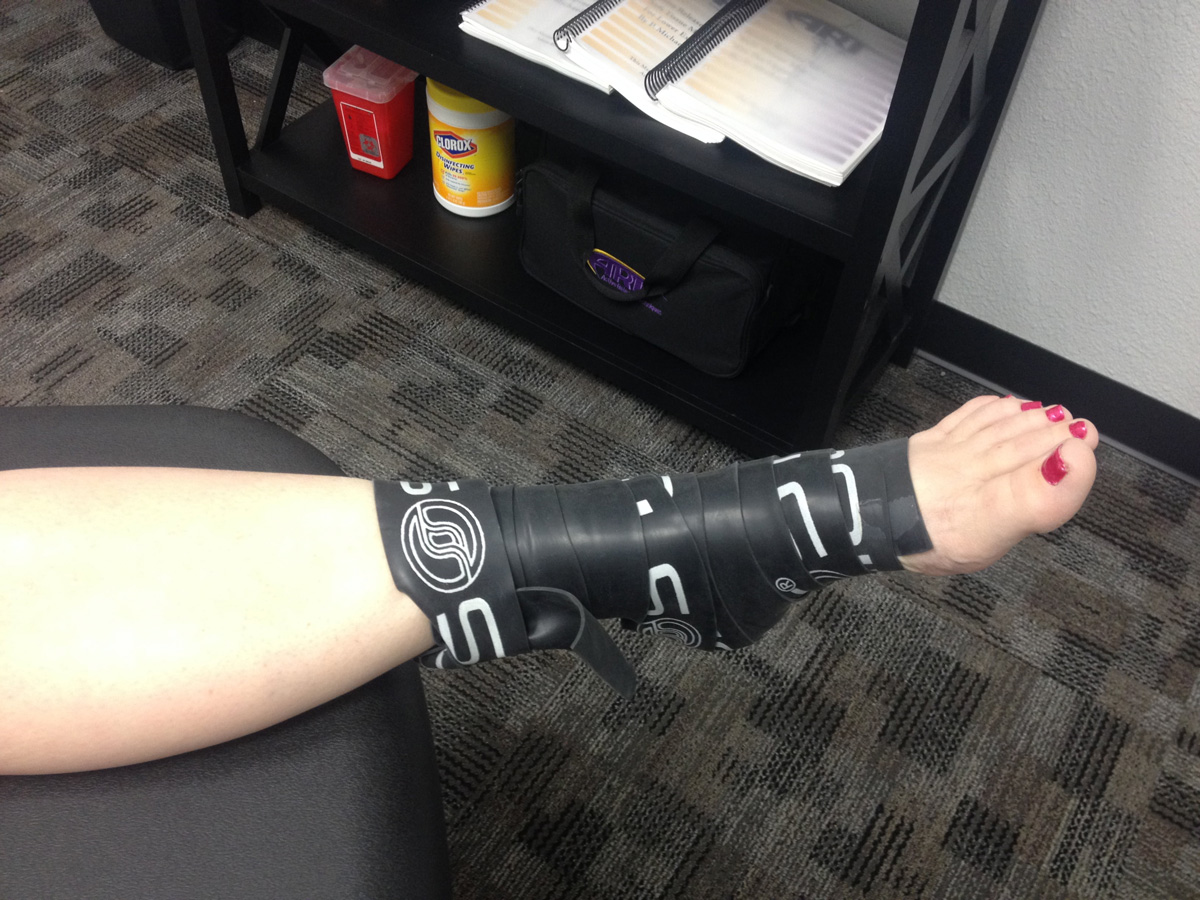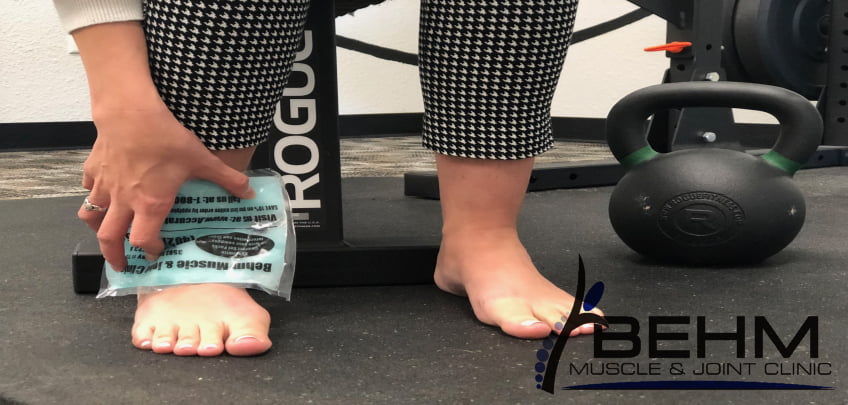Icing Injuries Is Not So Cool Anymore
Icing injuries has been common practice for awhile
We have all heard about the “RICE Method” when it comes to an acute injury. RICE is an acronym for a type of treatment. For years this treatment has been recommend when a person has injured a muscle, tendon, or ligament however the acronym has been all wrong.
The RICE Method was developed by Dr. Gabe Mirkin, M.D., a sports medicine doctor back in the 1970’s. Dr. Mirkin has changed his recommendations on icing but we continue to see it used at nausea with little long term healing effects. The RICE Method stands for:
Rest: Avoiding use of the injured area.
Ice: Applying ice packs or bags of frozen vegetables to the area, without them touching the skin directly.
Compression: Wrapping the injured area with an elastic bandage to provide support and limit swelling.
Elevation: Keeping the area raised above the level of the heart to reduce swelling.
Icing hurts instead of heals injured tissue
When you damage tissue through trauma or develop muscle soreness by exercising very intensely, you heal by using your immunity, the same biological mechanisms that you use to kill germs. This is called inflammation. When germs get into your body, your immunity sends cells and proteins into the infected area to kill the germs. When muscles and other tissues are damaged, your immunity sends the same inflammatory cells to the damaged tissue to promote healing. The response to both infection and tissue damage is the same. However, applying ice to reduce swelling actually delays healing by constricting blood flow and thus preventing cells to heal the damaged tissue.
Several studies have shown that the application of ice has been hindering the healing process, not helping it. According to a study in 2014, icing keeps healing cells from entering the injured tissue. Applying ice to injured tissue causes blood vessels near the injury to constrict and shut off the blood flow that brings in the healing cells of inflammation (Knee Surg Sports Traumatol Arthrosc, published online Feb 23, 2014). In another study in 2013 , athletes were told to exercise so intensely that they developed severe muscle damage that caused extensive muscle soreness. They found almost no evidence that ice and compression accelerated healing over the use of compression alone (The American Journal of Sports Medicine, June 2013).
The Behm Muscle & Joint Clinic approach
Instead of the “RICE Method” we recommend the “MiCE Method” when dealing with a soft tissue injury (i.e. sprained ankle or pulled muscle). Icing for a short duration for pain relief for up to 10-15 minutes immediately after the injury and not hours or days after is much better. Hence the lower cased “i”.
Movement: You can move and use the injured part as long as the movement does not increase the pain and discomfort.
ice: Applying ice for pain in short periods immediately after the injury (10 minutes).
Compression: Wrapping the injured area with an elastic bandage to provide support and limit swelling.
Elevation: Keeping the area raised above the level of the heart to reduce swelling.

Compression treatment to reduce swelling
Behm Muscle & Joint Clinic in Bellevue, NE is a Chiropractic and rehabilitation clinic that specializes in assessing and treating various soft tissue injuries. We are certified active release technique, dry needling, instrument assisted soft tissue mobilization providers. Soft tissue injuries can last from weeks to months to years when not treated properly to schedule an appointment at our clinic call the office at 402-292-1450 or schedule online here.
About the author
Dr. Behm was born and raised in Papillion, NE. He received his Bachelor’s degree in Exercise Science from the University of Nebraska – Omaha and following his undergraduate studies was a certified personal trainer (NSCA-CPT – National Strength and Conditioning Association) in the Omaha area for years, helping clients achieve their health and fitness goals. He received his Doctorate in Chiropractic from Cleveland Chiropractic College – Kansas City. While in school, he received multiple certifications to increase his knowledge of the human body and how to properly assess and treat his patients. This translates into our integrative approach to Chiropractic care and our combination of therapies to better address your musculoskeletal complaints. Dr. Behm is excited to return to his hometown and serve the community around him.
